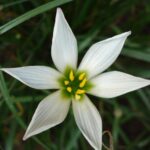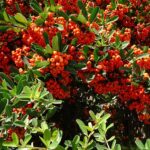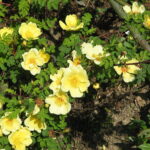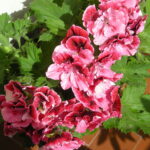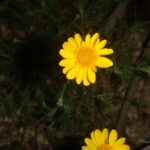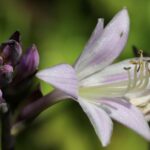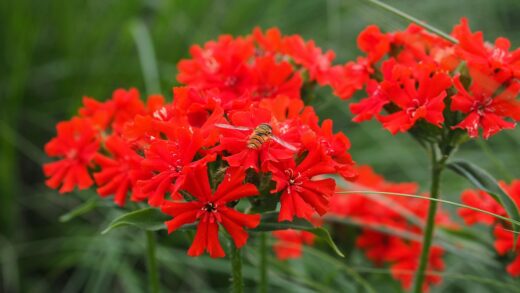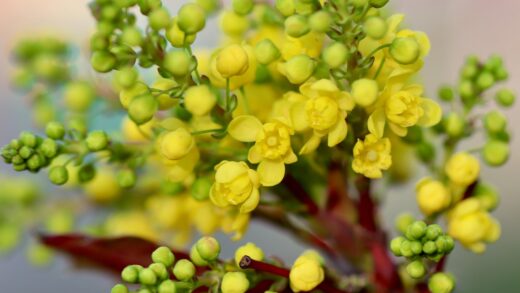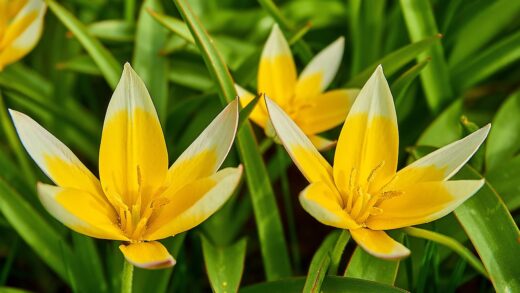Overwintering the regal pelargonium

Understanding the critical importance of a winter dormancy period is the first step toward successfully overwintering a regal pelargonium. Unlike many houseplants that grow continuously throughout the year, these specific plants require a cool, restful phase to trigger the physiological processes necessary for setting flower buds for the following spring. This requirement is a genetic trait inherited from their native habitat, which features cool, wet winters. By providing a managed dormancy, you are not neglecting the plant; rather, you are actively facilitating the crucial stage in its life cycle that leads to a profusion of blooms. Without this cool rest, the plant is likely to produce only leaves, a common source of disappointment for inexperienced growers.
During dormancy, the plant’s metabolic processes slow down significantly. Growth comes to a near standstill, and its demand for water and nutrients is drastically reduced. This period of rest allows the plant to conserve energy and undergo the internal hormonal changes that are stimulated by the cool temperatures. It is this combination of reduced light, cooler temperatures, and drier soil conditions that provides the environmental cue for the plant to initiate the development of the flower buds that will emerge and blossom when favorable growing conditions return in the spring.
The practice of overwintering essentially mimics the natural seasonal cycle that the plant would experience in the wild. In a typical home environment, with central heating maintaining warm temperatures year-round, the plant would never receive the signal to prepare for flowering. It would likely continue to produce weak, leggy growth throughout the winter, depleting its energy reserves and failing to bloom. Therefore, the gardener must intervene and deliberately create an artificial “winter” to ensure the plant’s long-term health and floral productivity.
Failing to provide a proper dormant period has clear and predictable consequences. The most significant is a complete lack of flowers, or at best, a very sparse and disappointing floral display. The plant may survive, but it will not thrive or perform to its full potential. The overwintering process, while requiring some effort and planning, is a non-negotiable aspect of regal pelargonium care. It is the investment made during the winter months that pays off with the spectacular reward of vibrant, beautiful flowers in the spring.
Preparing the plant for winter
The process of preparing your regal pelargonium for its winter slumber should begin in the late autumn, well before the first hard frost is expected. As the days shorten and temperatures begin to drop, the plant’s growth will naturally start to slow down. This is the ideal time to take action, as you are working with the plant’s natural rhythm rather than against it. Bringing the plant in from outdoors or moving it to its overwintering location should be a gradual process if possible, to avoid shocking it with a sudden and drastic change in environment.
More articles on this topic
A crucial preparatory step is to prune the plant back significantly. Before moving it into its winter quarters, cut the main stems back by about one-third to one-half. This reduces the overall size of the plant, making it easier to store and manage over the winter. Pruning also removes any remaining flowers or weak growth, encouraging the plant to conserve its energy in the main framework and root system. This hard prune sets the stage for a burst of strong, new growth in the spring.
Before bringing the plant indoors for the winter, it is absolutely essential to give it a thorough inspection for any pests or diseases. The controlled environment of a home can allow pest populations, such as aphids, whiteflies, or mealybugs, to explode during the winter months. Check all parts of the plant, including the undersides of leaves and the points where leaves join the stems. If any pests are found, treat the plant thoroughly with insecticidal soap or neem oil before it comes inside to prevent it from infesting your other houseplants.
The final step in preparation is to acclimate the plant to the conditions it will experience during dormancy. If the plant has been outdoors, move it to a shady, sheltered spot for a week or so before bringing it inside. Once inside, place it in its cool overwintering location. During this transition, you should also be drastically reducing the amount of water you are giving it. This gradual reduction in light, temperature, and water helps to ease the plant into its dormant state smoothly.
Creating the ideal overwintering environment
The single most important factor for a successful dormancy is temperature. The ideal overwintering environment for a regal pelargonium is cool, but it must remain consistently above freezing. The optimal temperature range is between 7°C and 15°C (45°F to 60°F). Temperatures that are too warm will prevent the plant from entering full dormancy and setting flower buds, while freezing temperatures will kill the plant. This specific temperature requirement is the primary reason why a heated living room is not a suitable winter home for these plants.
More articles on this topic
During dormancy, the plant’s need for light is significantly reduced because it is not actively photosynthesizing or growing. While it should not be placed in complete darkness, a location that receives low to moderate indirect light is perfectly sufficient. A bright, unheated garage or shed with a window, a cool basement with a fluorescent light, or an enclosed, unheated porch are all excellent examples of suitable overwintering locations. The goal is to provide just enough light to keep the basic life processes ticking over without encouraging active growth.
Finding the right physical location in your home is often the biggest challenge. Consider areas that are insulated from the main living space but are also protected from the harshest outdoor temperatures. A cool spare room where the heating is turned off, a frost-free garage, or a cellar can all work well. The key is to find a spot that can maintain the cool, stable temperatures required. It can be helpful to use a simple thermometer to monitor the temperature in your chosen location to ensure it stays within the ideal range throughout the winter.
Good air circulation remains important even during the dormant period. Stagnant, cool, and damp air can be a recipe for botrytis (grey mould) and other fungal issues, which can rot the plant’s stems while it is in its vulnerable resting state. Ensure the space has some ventilation, and do not crowd the plants too closely together. A small fan set on a low speed and run for a few hours a day can be very beneficial in locations with little natural air movement, helping to keep the plant stems dry and healthy through the winter months.
Care during the dormant period
Care during dormancy is primarily about what you don’t do. The most significant change is the drastic reduction in watering. A dormant regal pelargonium has very minimal water needs, as it is not actively growing. The soil should be allowed to become quite dry and should only be watered sparingly every three to four weeks on average. The goal is simply to provide just enough moisture to prevent the roots from completely drying out and dying. Overwatering is the most common mistake and the fastest way to kill a dormant plant.
Fertilizing must be stopped completely during the entire overwintering period. Since the plant is not growing, it cannot use the nutrients, and adding fertilizer to the soil of a dormant plant will only lead to a buildup of mineral salts that can severely damage the inactive root system. You should cease all feeding in the early autumn as you prepare the plant for dormancy, and you should not resume your feeding schedule until you see clear signs of new growth in the early spring.
Even though the plant is dormant, it is not something to be forgotten entirely. It is good practice to check on it every couple of weeks. Look for any signs of trouble, such as stem rot (stems turning soft and brown) or the emergence of any pests that may have been missed during the initial inspection. If you see any shriveled or dead stems, they can be pruned off. These regular check-ins allow you to catch any potential problems early before they become severe.
Occasionally, if the overwintering location is a bit too warm or bright, the plant might try to produce some new growth. This growth will typically be weak, pale, and spindly, often referred to as “etiolated” growth. If you see this happening, it is a sign that the conditions are not quite right for full dormancy. You can simply pinch off this weak growth. It may also be an indication that you should try to find a slightly cooler or darker location for the plant for the remainder of the winter.
📷Velq1958, CC BY-SA 3.0, via Wikimedia Commons








